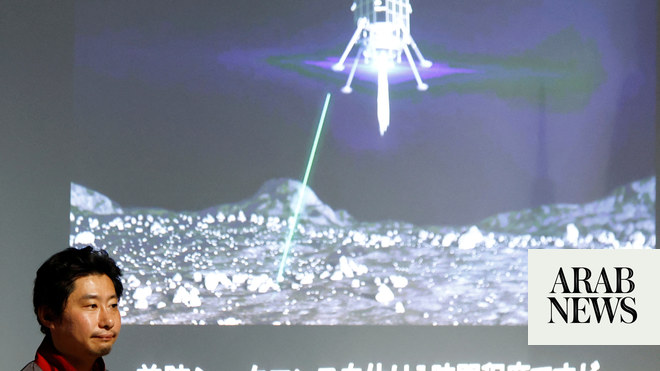
Japanese startup ispace Inc. said its attempt to make the first private moon landing had failed on Tuesday after losing contact with its Hakuto-R Mission 1 (M1) lander, concluding it had most likely crashed on the lunar surface.
Final pings of data in the moments before the planned touchdown showed the lander’s speed rapidly increasing, leading engineers at mission control in Tokyo to determine a successful landing was “not achievable,” ispace said in a statement.
“We lost communication, so we have to assume that we could not complete the landing on the lunar surface,” founder and Chief Executive Takeshi Hakamada said on a company live stream shortly after communication from the spacecraft ceased.
Success would have been a welcome change from recent setbacks Japan has faced in space technology, where it aims to build a domestic industry, including a goal of sending Japanese astronauts to the moon by the late 2020s.
But a lunar landing would be an ambitious feat for a private firm. Only the United States, the former Soviet Union and China have soft-landed spacecraft on the moon, with attempts in recent years by India and a private Israeli company ending in failure.
The Japanese firm “determined that there is a high probability that the lander eventually made a hard landing.”
In disclosure to the Tokyo Stock Exchange, ispace said it did not expect an immediate impact on its earnings forecast. The startup delivers payloads such as rovers to the moon and sells related data. It does not expect to book any profit until around 2025.
Four months after launching from Cape Canaveral, Florida, on a SpaceX rocket, the M1 lander appeared set to autonomously touch down at about 12:40 p.m. Eastern time (1640 GMT Tuesday), with an animation based on live telemetry data showing it coming as close as 90 meters (295 feet) from the lunar surface.
By the expected touchdown time, mission control had lost contact with the lander and engineers appeared anxious over the live stream as they awaited signal confirmation of its fate which never came.
“Our engineers will continue to investigate the situation,” Hakamada said at the time. “At this moment, what I can tell you is we are very proud of the fact that we have already achieved many things during this Mission 1.”
The lander completed eight out of 10 mission objectives in space that will provide valuable data for the next landing attempt in 2024, Hakamada said.
Roughly an hour before planned touchdown, the 2.3 meter tall M1 began its landing phase, gradually tightening its orbit around the moon from 100 km (62 miles) above the surface to roughly 25 km, traveling at nearly 6,000 km/hour (3,700 mph).
At such velocity, slowing the lander to the correct speed against the moon’s gravitational pull is like squeezing the brakes of a bicycle right at the edge of a ski-jumping slope, Chief Technology Officer Ryo Ujiie told reporters on Monday.
The craft was aiming for a landing site at the edge of Mare Frigoris in the moon’s northern hemisphere where it would have deployed a two-wheeled, baseball-sized rover developed by the Japan Aerospace Exploration Agency, Tomy Co. Ltd. and Sony Group Corp. It also planned to deploy a four-wheeled rover dubbed Rashid from the United Arab Emirates.
The lander was also carrying an experimental solid-state battery made by Niterra Co. Ltd. among other devices to gauge their performance on the moon.












